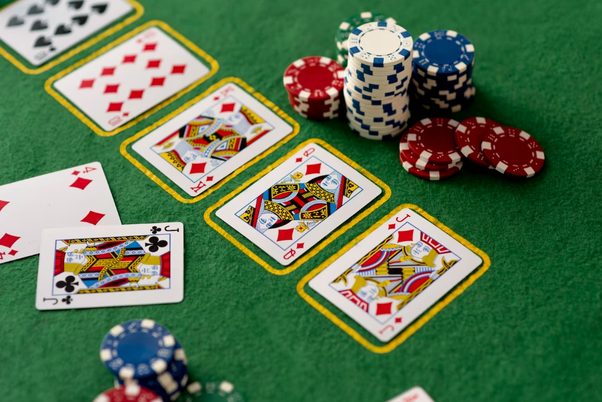Rummy isn’t just a game—it’s a cultural artifact. For centuries, it’s been played on porches, in parlors, and at family gatherings. But like everything else, rummy has evolved. And honestly? Its journey from physical decks to digital screens is nothing short of fascinating.
The Early Days: Rummy’s Physical Roots
Picture this: a dimly lit room, the shuffle of cards, laughter, and maybe a bit of competitive banter. That’s how rummy started. The game’s origins trace back to the early 19th century, with variations like Gin Rummy and Indian Rummy emerging over time. It was tactile, social, and—let’s be real—sometimes a little chaotic.
Key features of traditional rummy:
- Physical interaction: Players gathered around a table, shuffling and dealing cards by hand.
- Slow pace: Games could stretch for hours, with plenty of time for conversation.
- Limited accessibility: You needed a deck of cards and at least one opponent nearby.
The Digital Leap: Rummy Goes Online
Then came the internet—and everything changed. Suddenly, rummy wasn’t confined to living rooms. Online platforms like RummyCircle, Junglee Rummy, and others popped up, offering players a way to enjoy the game anytime, anywhere. Here’s the deal: digital rummy isn’t just a copy of the physical game. It’s a reinvention.
How Digital Platforms Transformed Rummy
Digital rummy didn’t just replicate the experience—it enhanced it. Think about it:
- Instant matchmaking: No more waiting for friends to be free. AI opponents or real players are always available.
- Faster gameplay: Automatic shuffling, scoring, and card organization sped things up.
- Variety: Multiple rummy variants—Points, Pool, Deals—all in one place.
- Accessibility: Play on your phone during a commute or on a laptop at home.
And let’s not forget the social aspect. Sure, you’re not sitting across from someone, but chat features and multiplayer modes kept the banter alive.
The Tech Behind the Magic
Ever wonder how digital rummy works so smoothly? It’s not just about digitizing cards—it’s about algorithms, security, and user experience. Here’s a quick breakdown:
| Feature | How It Works |
| Random card shuffling | Uses RNG (Random Number Generator) algorithms to ensure fairness. |
| Multiplayer sync | Real-time servers keep all players in sync, even across time zones. |
| Anti-fraud systems | AI detects suspicious behavior, like collusion or bot activity. |
| Cross-platform play | Cloud saves let you switch between mobile and desktop seamlessly. |
Honestly, the tech is so seamless now that you barely notice it—which is exactly the point.
Why Players Love Digital Rummy
It’s not just convenience. Digital rummy offers things the physical version never could:
- Tutorials & practice modes: New players can learn without pressure.
- Tournaments: Compete for real prizes without leaving your couch.
- Analytics: Track your stats, spot patterns, and improve your game.
That said, some purists miss the tactile feel of cards. But for most? The trade-offs are worth it.
The Future: Where Does Rummy Go Next?
Well, the game’s not done evolving. Here’s what’s on the horizon:
- VR Rummy: Imagine putting on a headset and sitting at a virtual table with friends across the globe.
- Blockchain integration: Transparent, tamper-proof game records could boost trust.
- AI opponents: Smarter bots that adapt to your playstyle, making single-player modes more engaging.
One thing’s for sure: rummy’s journey from paper to pixels is far from over. And honestly? We’re here for it.





